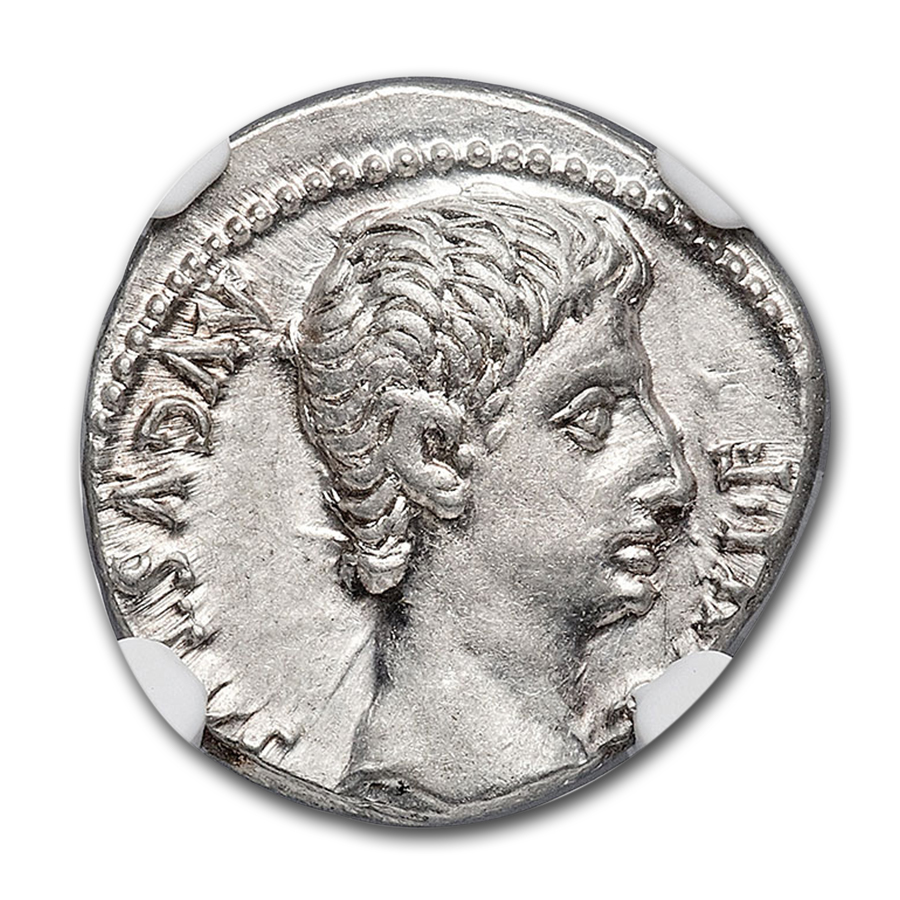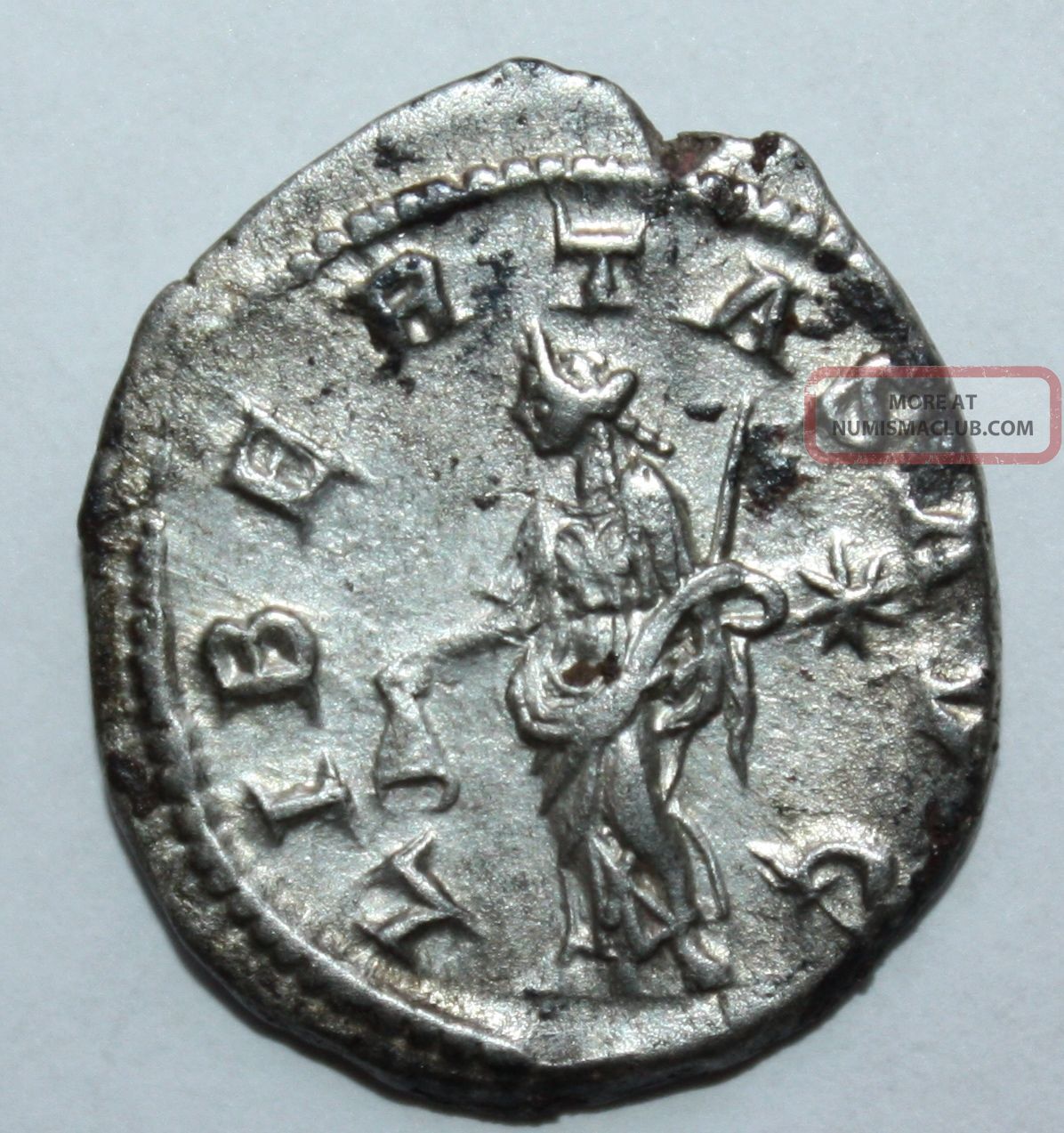
Antoninus Pius AR Denarius 138 AD - NGC MS. Did the coin arrive as part of a diplomatic gift from the Romans in the hope of easing their passage into Leicestershire? Or did the coin gradually make its way to Hallaton from the continent via trade with other Iron Age tribes? The fact that the coin was found in a ritual deposit made around AD 43 also perhaps indicates the tensions felt by local groups caused by Roman interference. ONE RANDOM QUALITY SILVER ANCIENT ROMAN DENARIUS COIN - 1500+ YEARS OLD. Crawford, Roman Republican Coinage (1975).

#ROMAN SILVER DENARIUS SERIES#
This coin would have been over 200 years old when it was buried in the mid 1st century AD, around the time of the Roman conquest of Britain in AD 43. Legionary denarii is the modern name for a series of Roman silver denarius coins issued by Mark Antony in the eastern Mediterranean during the last war of the Roman Republic from 32 to 31 BC, in the lead up to the Battle of Actium.The coinage is also referred to by numismatists as RRC 544/1-39, after its designation in M. The coin raises the issue of how much contact the Corieltavi tribe (the local British group living around Hallaton in the Late Iron Age) had with the Roman world and how early this occurred. The helmeted head of Roma is depicted on the obverse, the Dioscuri (twins Castor and Pollux) gallop on their horses on the reverse.

211 BC, making it possibly the oldest Roman coin ever found in Britain. This Roman silver denarius coin was one of 5294 British Iron Age and Roman coins excavated at a Late Iron Age shrine near Hallaton, Leicestershire.


 0 kommentar(er)
0 kommentar(er)
